The Relationship Between Gluten Intolerance and Lactose Intolerance
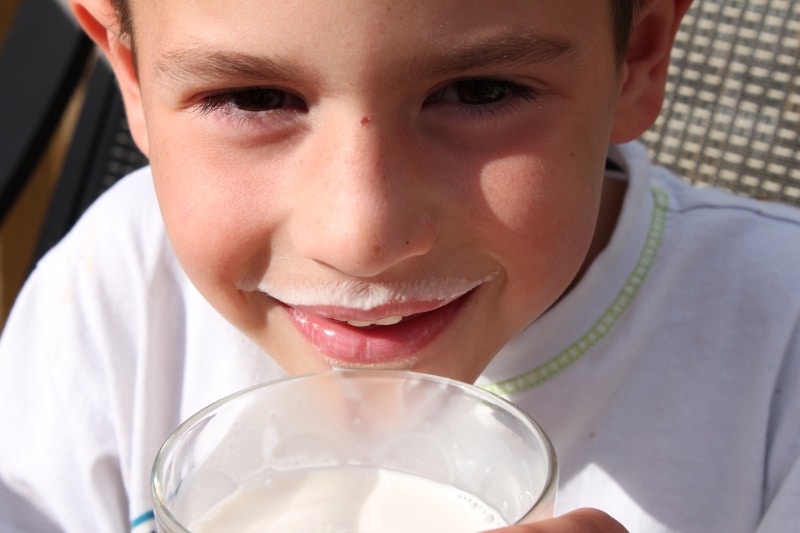
The group of intolerance’s that gluten intolerance belongs to is called ‘malabsorption’. Malabsorption is when the body cannot absorb one or more nutrients though the intestinal lining. Malabsorption can be a genetic disease, or it can develop as the result of another problem. That is where lactose intolerance and gluten intolerance are the twain that meets.
If you are reading this you probably already know what Celiac disease is all about. In case you don’t, here is a definition in a nutshell. Celiac disease is intolerance for gluten, which is a protein in grains like wheat, barley and rye. When a Celiac eats gluten, found in hundreds of food products, the protein damages the villi in the intestines. The villi are little tubes in the intestine used to absorb nutrients from food. When the villi don’t work, your body doesn’t get the nutrients it needs for survival.
Lactose intolerance, on the other hand, is when your body cannot digest lactose. You get lactose intolerance when your intestines do not have enough of the enzyme lactase. This enzyme is what breaks down lactose into glucose sugar so it can be absorbed. Lactose is found only in products made with milk of mammals such as dairy products.
There are some similarities between gluten intolerance and lactose intolerance. For one thing the food that can’t be absorbed sits in the intestines and causes gas, cramps or diarrhea. The severity of the reaction depends on the severity of the intolerance. Also in both cases, gluten and lactose, the villi is not absorbing food nutrients properly. To determine if a person has an intolerance requires extensive testing also.
But the most important thing I want to point out today is that a frequent side effect of Celiac disease is lactose intolerance. In other words, you may have developed lactose intolerance as a result of having a gluten intolerance.
This is especially true for people that have just found out that they have a gluten intolerance. That is because the gluten has damaged the villi which are used to absorb all food nutrients including lactose.
The good news is that for many people after they begin (and stick to) a gluten free diet the lactose intolerance can go away. It may take some time, mind you, but it can disappear.
That’s why it’s so important to not ingest gluten. Sometimes you can’t tell what damage is being done by the larger symptoms. By staying off gluten entirely you really give your intestines a fighting chance.
Then… you can be tempted again by dairy products!
[hr]
Try making your own delicious Almond Milk!


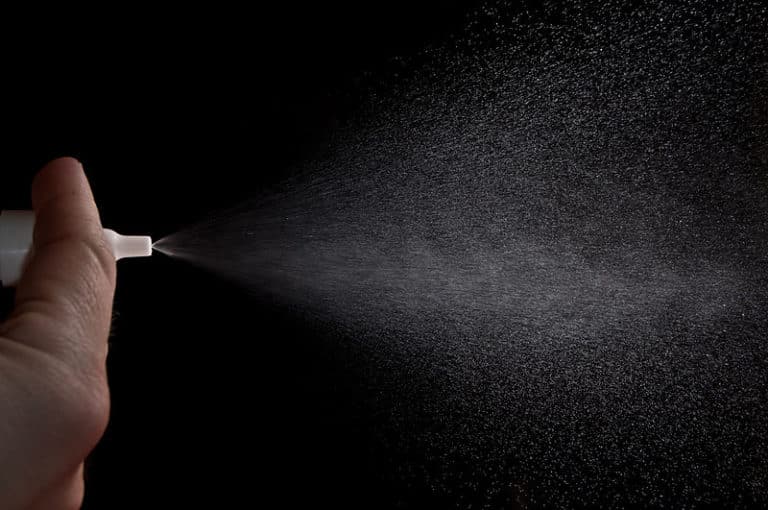
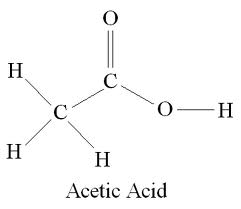
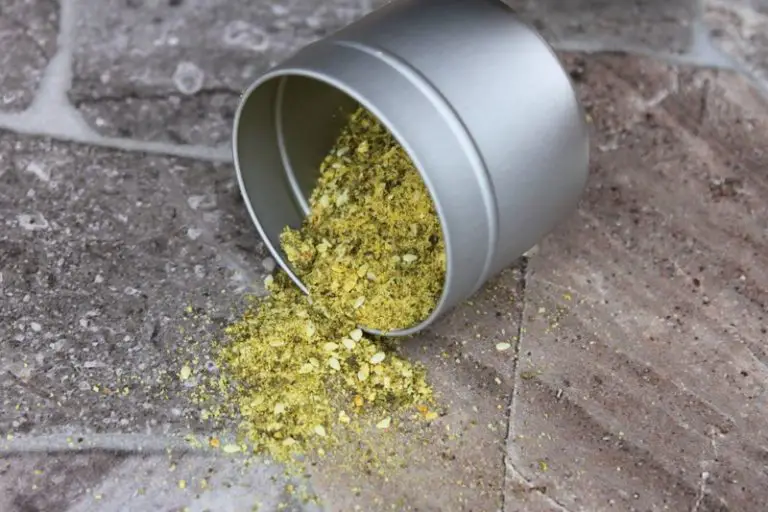
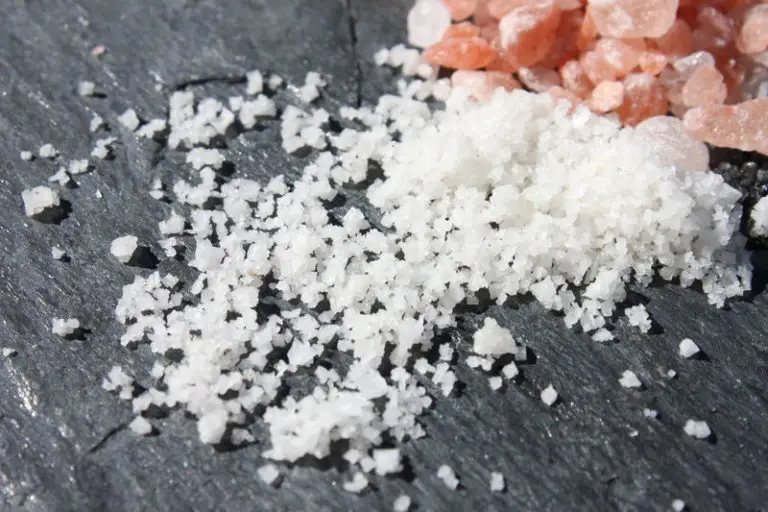

I have a question about eating out as far as chick filet are their salads safe and gleuten free? And Red Rbin salads gleuten free as well.
The best starting place for any restaurant is to see if they have a website (add ‘gluten free menu’ to your key word search, as well as the name of the restaurant – that is the quickest way to be directed to where you want to go). For Red Robin they have a great tool that will tell you what items are gluten free, as well as a range of other allergens: http://www.redrobincanada.com/home/menu/allergens-menu.aspx